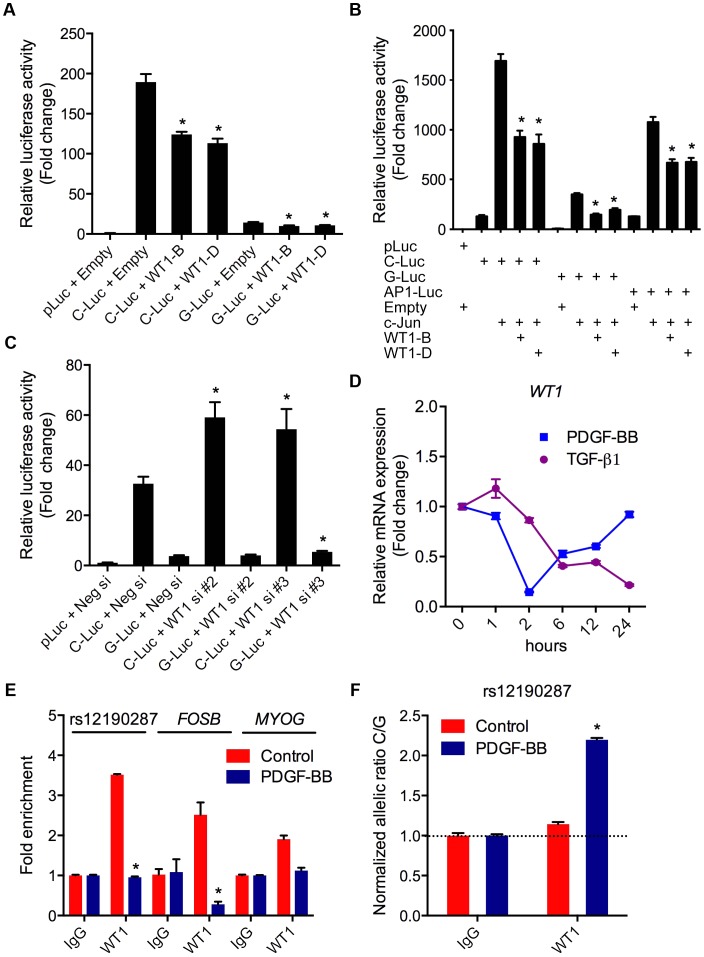Figure 6. WT1 regulation of rs12190287 in vitro and in vivo.
(a) Dual-luciferase assay of rs12190287 C/G enhancer transfected with human WT1-B (−KTS), WT1-D (+KTS) expression constructs in A7r5 cells, measured after 24 hours. *P<0.01 versus C-Luc or G-Luc+Empty. (b) Dual-luciferase assay of rs12190287 C/G enhancer co-transfected with human c-JUN and WT1-B or WT1-D expression constructs in A7r5 cells. AP1-Luc reporter was used as a positive control. *P<0.05 versus C-Luc or G-Luc+cJun. (c) Dual-luciferase assay of rs12190287 C/G enhancer transfected in heterozygous HCASMC with siRNA against WT1 (−/+KTS) compared to negative control (Neg si). *P<0.05 versus C-Luc or G-luc+Neg si. (d) TaqMan based qRT-PCR results showing relative human WT1 mRNA expression levels in heterozygous HCASMC treated with TGF-β1 or PDGF-BB for the indicated times. (e) Total enrichment of WT1 at rs12190287 enhancer, FOSB or MYOG promoter regions determined by chromatin immunoprecipitation (ChIP) in heterozygous HCASMC treated with PDGF-BB for 6 hrs. Values represent fold change relative to enrichment with IgG control. *P<0.01 versus Control WT1. (f) Allele-specific enrichment of WT1 at rs12190287 determined by HaploChIP in heterozygous HCASMC treated with PDGF-BB, shown as normalized allelic-ratio C/G. *P<0.0005 versus Control WT1. Values are mean ± SD from triplicates. Similar results were observed from three independent experiments.

